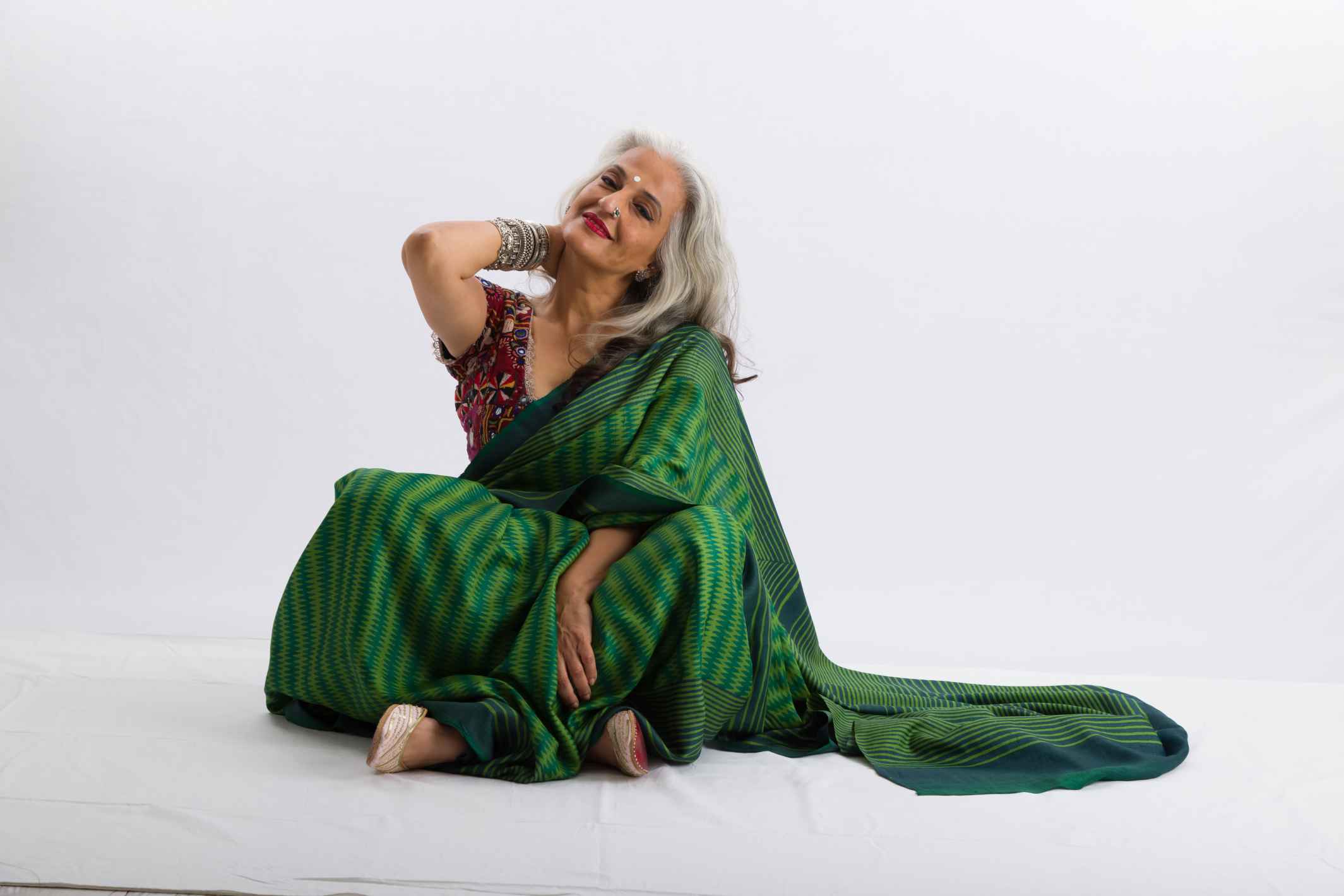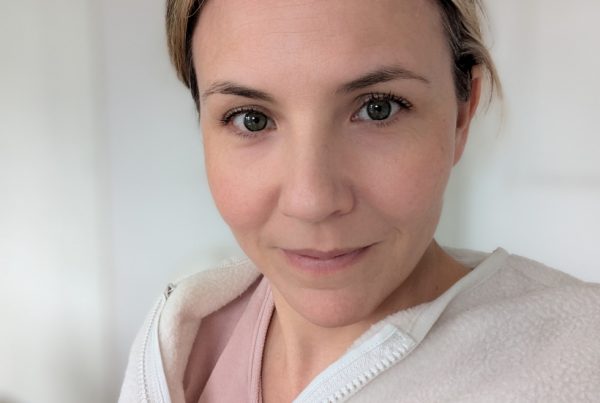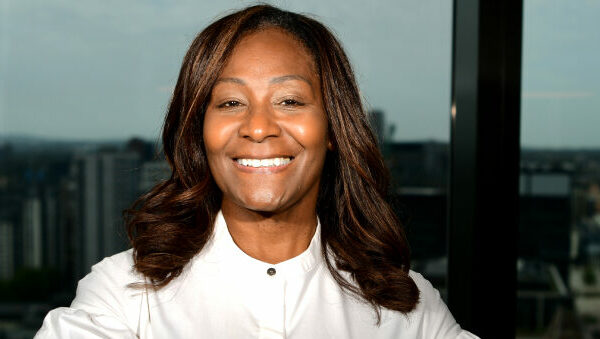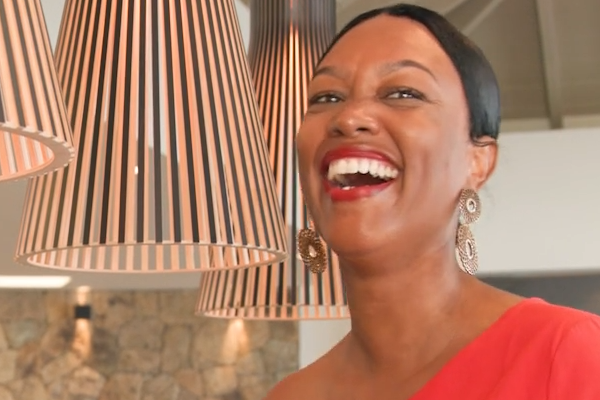Seema Anand, well known writer, sexual health educator and storyteller chats to Editor Karine Torr on women’s sexuality and the mysteries of the Kama Sutra.

Women’s stories
I’ve always worked with women’s stories because I believe that the stories we tell define our identity, they define us and how the world views us or how we are expected to act. We tell stories of the ‘good’ woman who’ll take anything that’s thrown at her, but she would never ever say anything to the outside because she would never “let her husband down”. She kind of keeps the dignity of the family intact by never speaking up against anything that is done to her.
The woman who stands up for herself and speaks out then becomes the ‘wild woman’, the barbarian. I realised over time as I worked specifically with women’s stories that we never told stories of a woman’s right to her own body. A woman’s body was always somebody else’s property. Her pleasure was not her own to control. It’s always dependent on the pleasure of someone else, a man generally was always in control of her. So I went off looking for stories from the land that wrote the Kama Sutra and where I came across the erotic literatures.
Women’s sexuality and Kama Sutra
Interestingly, the Kama Sutra is as hidden to the people of India as it is to the rest of the world perhaps it’s pretty much an unknown entity. We think of it in exactly the same way as the rest of the world does. It’s a hidden text.
When you start to read it properly it’s a revelation. The book was written for men (women weren’t being educated to read or write at this stage) on how to pleasure a woman. It unearthed for me reams of literature based on stories that I did not realise existed and it was all about women and about the pleasure of women, about the empowerment of women and their autonomy. But there are many, many hundreds of texts within the erotic genres.
It was very exciting because the more I read, the more I realised that this probably came from the pen of a woman – the vocabulary of a woman’s pleasure is very different. Male vocabulary is centred around the act of penetration, the act of sex. Pleasure means very different things so here’s a text that actually distinguishes the pleasure of a man and the pleasure of a woman and tells them apart and then continues with this idea of the vocabulary of the woman’s pleasure, which is just so unusual for me because it’s totally written from the female gaze. To me it was just, like I said, so unusual to come across something like that. I hadn’t expected to find it.
Who wrote the Kama Sutra?
We don’t really know who wrote the texts, much like Homa and the Odyssey. We are told there are passages that could have come from the courtesans who gave the information, it could have been a group of people or a man, I really don’t know because in times gone by it was the courtesan’s duty to teach these arts of loving, of seduction to young men because it was seen as something that had to be taught. It wasn’t something that you jumped into and came naturally. Pleasure in men and women is so different and you cannot just come together without knowing what it’s about.
These days the Karma Sutra text hasn’t really been discovered yet especially in India. We still have the same misconceptions. I can still walk in anywhere, even in India and be told don’t use the word Kama Sutra, because automatically that seen as a bad word. You know there’s just so much there that we still don’t know and the work that’s being done to understand the different ways that we look at pleasure or a woman’s body is a very slow process. For every one person who tries to make a difference, to bring those taboos to the fore and break the silences, break the stereotypes, there are a thousand pushing you back and trying to stop you from saying it.
Women are speaking up about their sexuality
In my own work I find the most common issue that women face is the subject of their own pleasure. A lot of us still feel guilty because we understand that we feel pleasure, but have always been told it’s something we should hide. Lots of the women come to me wanting to understand how to interpret the signs that their body is giving them. If they feel like this when they’re with their partner is that good or bad? Is it normal or abnormal? Is it OK to go forward or is your body saying no? Women are still trying to understand for themselves what the body is saying. You might want to go this far but no further and is that okay because you’re feeling excited and does that mean you should be going further? Is that what it says in the rule book of sex? I mean, for an area that is totally emotional, we have always given it a black and white interpretation.
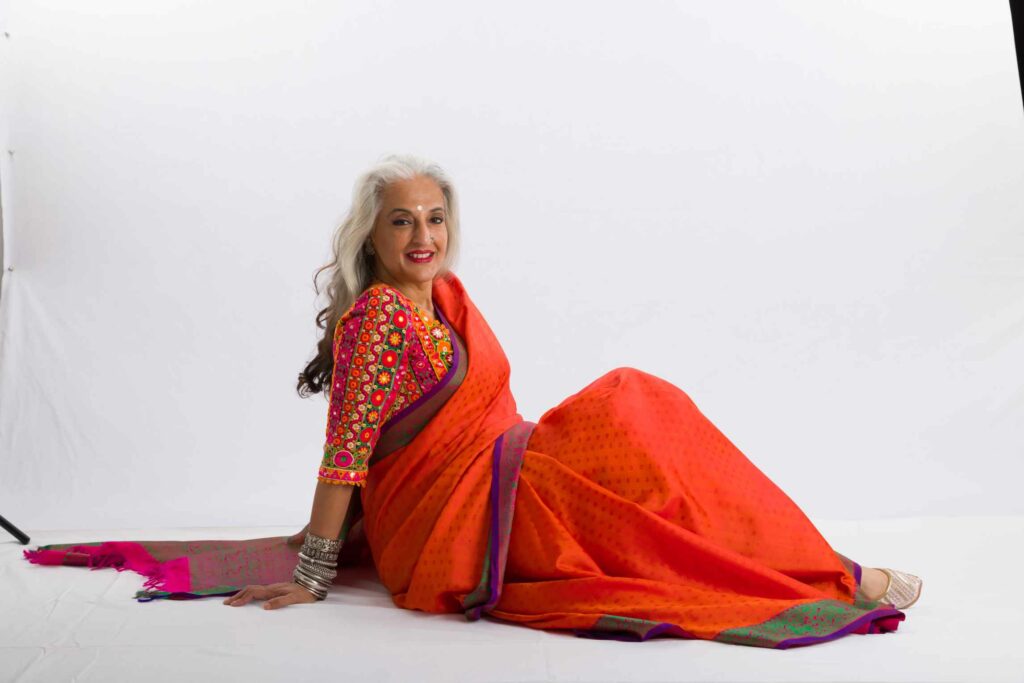
These areas of questioning can be very threatening to men. There is a lot of deep-seated fear. In many parts of the world where men have held sway over pleasure it has been their privilege and their property for a long time and that is also means that they haven’t had to work very hard for it.
The moment a woman becomes more self-sufficient in her pleasure she starts to understand what she wants it is going to change the power balance because suddenly her demands are going to change and men don’t get away with ‘oh well this is fine because I choose to say so’.
Sexual wellbeing comes down to communication
In general, it all comes down to communication and being able to talk to your partner, which is difficult conversation. If you’re able to say hey, look, could I maybe I just change this a little bit so that we have a little bit more of this and occasionally and do it this way. So long as there’s a balance on both sides.
Intimacy in real life is hard work, it’s not easy. I think it’s one of those things that we don’t talk about enough and when we do, I find a lot of times it’s talked about – it’s either very black or white, or spoken about from a younger point of view in articles in publications like Cosmo or Harpers. I do find that women of the older generation feel really left out they just feel uncomfortable because they can’t relate to the stuff that’s being said, including the vocabulary.
I’d like to just put the message out to women to say that they’re not abnormal in how they feel and they’re not asexual just because they don’t feel sexual desire for somebody else. You first have to feel that inside you, for yourself and only then can it be moved outwards.
See more about her book ‘The Arts of Seduction’
You may also enjoy reading about women and the menopause.

